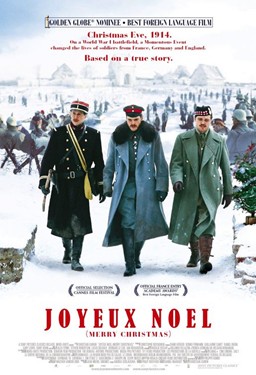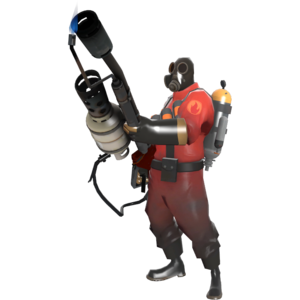Belgium had a rather unfortunate position during World War I. While they were a neutral country at the time, the Germans invaded France by going through Belgium. Why? The border directly between France and Germany was heavily guarded by French soldiers, so the only way to hit France was to go through Belgium. The Belgian army was taken completely by surprise, but they decided to fight back. They opened the dikes and completely flooded the area. This strategy worked: the Germans were stuck in the mud. Unfortunately, this also led to a standstill in the area since the French were not able to push the Germans back. An invasion that was supposed to take a few days lasted several years.
Ypres is a town of peace and...cats? Yes, there used to be a lot of cats in this town! Ypres was a town dedicated to the production and selling of luxury textiles. The basement of the current WWI museum used to be the depot for these textiles before being shipped off. There would be a lot of mice and rats in the basement, so Ypres released cats into the basement to take care of the rodents. When the textiles were shipped, they had another problem: there were way too many cats and kittens. The citizens of Ypres did what any rationally thinking group of people would do: they took the cats to the belfry and hurled them off the tower. They have cat parades every few years, and they also throw cats off the belfry during this festival! Not real ones, thankfully.
 |
| Cats everywhere are not amused. |
- The salary of a soldier was much higher than the one you could gain from a factory or other job.
- A new uniform that would look sharp and attract attention from girls must have been very exciting to hear about.
- Many young kids took this as an opportunity to travel to a country they had never seen before.
First of all, the problems with the uniforms? They're not TF2 related, but I can totally relate with marching band uniforms. World War I started in the summer, and woolen uniforms get uncomfortably hot and sweaty underneath when it's warm out. While they are a blessing when it's cold, God forbid it start raining. The cloth used in uniforms would absorb a lot of the water, making the uniforms extremely heavy. There was also the problem that the WWI uniforms weren't exactly what you would consider camouflage, but I don't think Cal Band really has this problem.
 |
| JUST TRY AND TELL US APART. |
Anyway, the war had come to a standstill. People began to wonder, how can we keep this war on the move again? As Wounter showed us, a rifle wasn't very practical to stay on the move--the relatively small amount of damage done as well as the long reload time just wasn't worth the risk. Engineers began to develop new forms of hand grenades to increase the amount of damage done from a distance. The first of the new models was a German stick grenade. The grenade would be lit at the wooden end and then thrown within the next five seconds to the opposite lines. It looked something like this.
Uh oh. What does this remind me of...
"A sober person would throw it." Indeed! Just so you know, the Demoman is one of my favorite characters to play. :)
The British developed the grenade model we're more familiar with: the Mills bomb. The design was actually very innovative: the lines of the grid were very thin so that upon explosion, the squares would fly out, acting as bullets and increasing the damage radius.
 |
| The Soldier has these grenades, but that shouldn't really be surprising. |
Gas also became a new weapon. The Hague Convention of 1899 had been signed by the European countries, stating that "The Contracting Powers agree to abstain from the use of projectiles the object of which is the diffusion of asphyxiating or deleterious gases." This didn't stop Germany from developing chemical warfare, though. After all, the Convention stated that the use of projectiles containing gas--there was nothing in it preventing the use of chemical gas entirely. OH GERMANY, YOU SO SNEAKY.
A man by the name of Fritz Haber developed chloride gas in 1915. It was very effective, as the gas was heavy enough to stay close to the ground but could still move freely in the direction of the wind. The chloride gas was highly effective: not only would it wipe out every living thing in no man's land, but hundreds of soldiers would suffocate from a seemingly harmless wind. You can imagine that this was probably very frightening.
 |
| There is NO WAY that you can stop that. |
- Throw yourself on the ground, which was dumb considering the chloride gas just sinks anyway.
- Hold your breath, but most human beings can't do that for a good half hour.
- Hold a handkerchief to their nose and breathe through it, which would work for a short time, but wasn't entirely infallible.
 |
| CURSE YOU EUROPEAN FILMS. |
One crazy train ride later, we made it back to Oostende. Today was a very eventful day.

No comments:
Post a Comment